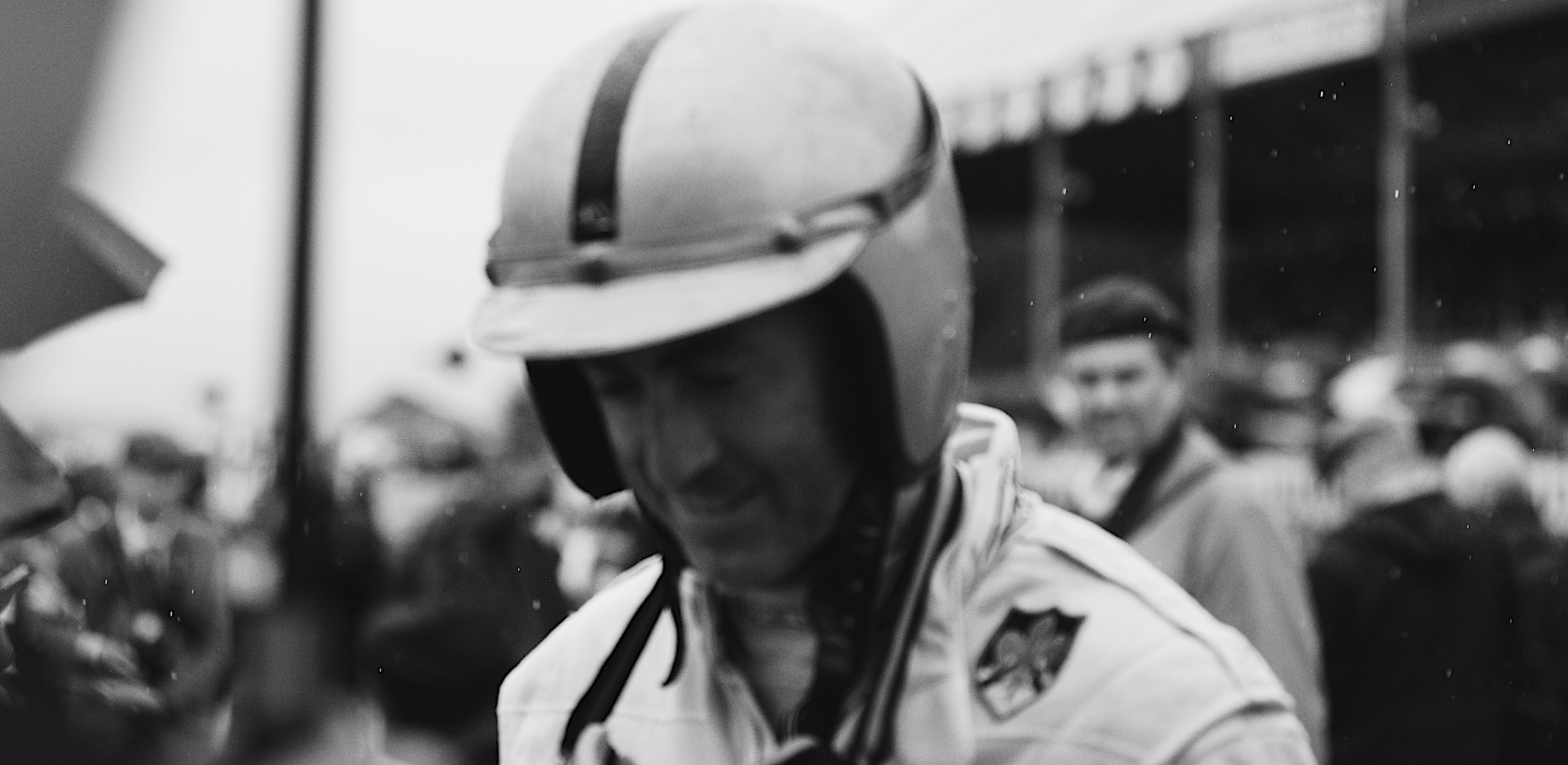
Sebring International Raceway, December 12th, 1959. A quiet and reserved 33-year-old engineer-cum-race car driver from the outskirts of Sydney was in the midst of forging a moment that would become legendary, both for himself and for motor racing as a whole. Heading into the final lap of the final race of the F1 season, Jack Brabham was set to not only win the race, but clinch his first championship, too. And then, as if pulled directly from the pages of an eye-roll-worthy clichéd movie script, things started to go cataclysmically wrong.
It was the United States’ first – arguably disastrous – attempt at a Grand Prix event. Florida’s Sebring at the time still looked more like the WWII Air Force base it was cut from, the confused European teams were joined on the grid by a dirt-track midget whose driver clearly hadn’t quite grasped the vast chasm in pace between his car and the 2.5-litre Formula One tourists, and the pits had nearly erupted into a brawl after American driver Harry Schell’s ‘creative’ interpretation of a full lap in qualifying bumped Ferrari’s Tony Brooks off the front row.
Jack Brabham was set to not only win the race, but clinch his first championship, too. And then, as if pulled directly from the pages of an eye-roll-worthy clichéd movie script, things started to go cataclysmically wrong.
Sitting in first position nearly a full lap ahead of his protégé and teammate – a young Bruce McLaren – Brabham’s Cooper-Climax T51 rounded the final bend of its final lap and began to lurch and splutter. His fuel tanks had run bone dry a good half a mile short of the finish line. What happened next would quickly insert itself straight into motor racing lore, and more importantly, provide a single moment with which one could define the quiet force of nature that was ‘Black Jack’ Brabham. Coasting down the front straight, the Cooper just didn’t have the momentum to carry it over the finish line as Brabham had hoped, coming up short with a hundred yards or so to spare. Though he knew the race was lost, Jack was also very aware that there was a championship still to be won; provided he could finish high enough up the order.
So, on that hot Florida afternoon in 1959, Jack Brabham scrambled out of his starved Cooper and began to push.
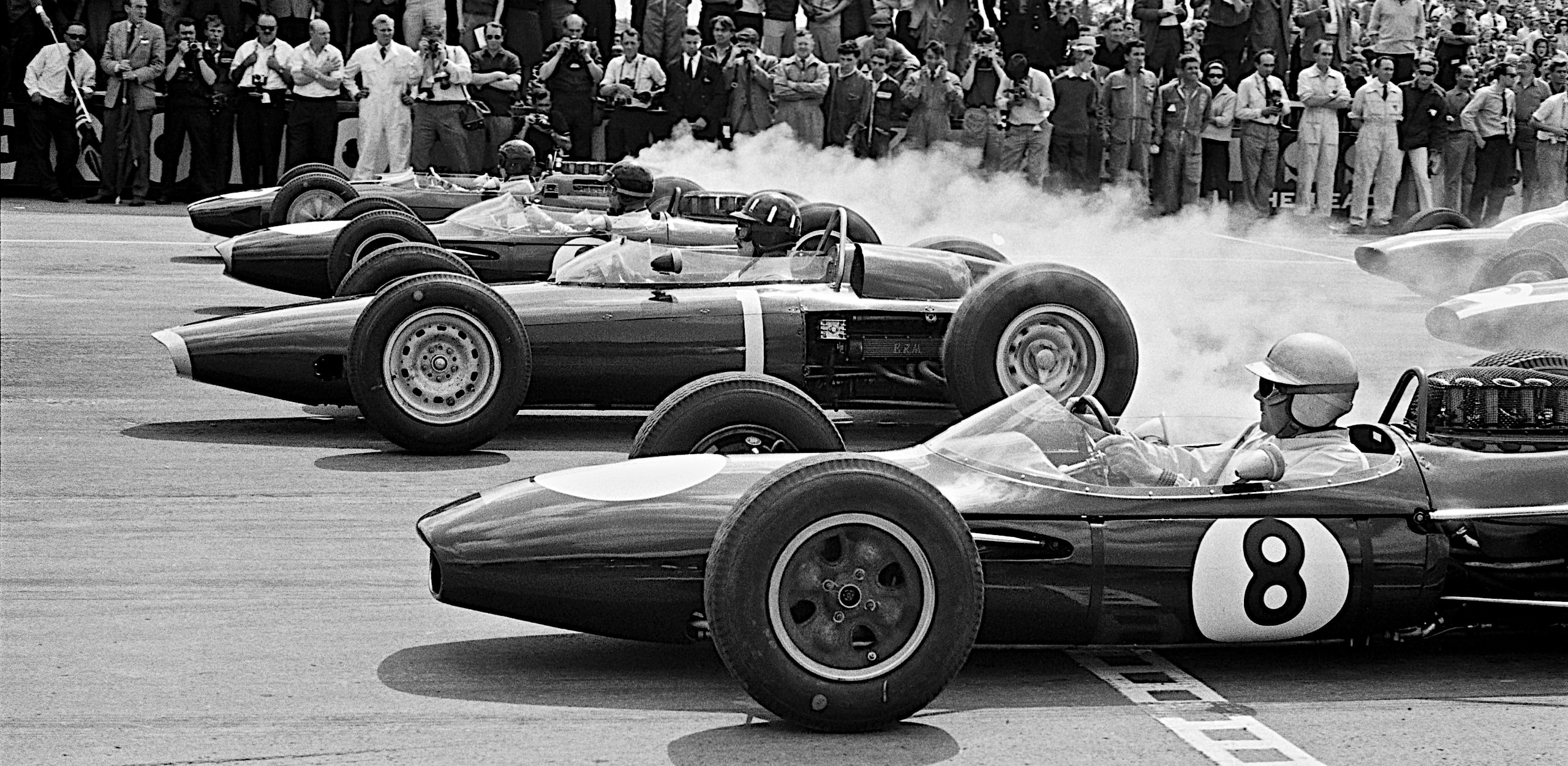
McLaren was the first to streak past the Australian – on his way to what would become the first of many F1 victories for the New Zealander – followed soon after by Frenchman Maurice Trintignant in another Cooper, and finally a flash of red as Tony Brooks thundered through in the big Italian V6, just before Brabham’s iconic green-and-white nose cone crossed the line and its exhausted driver stumbled through just behind. Jack’s herculean grind had been just enough to secure the championship win – the first of three in his incredible career. “At the time of course when I pushed the car over the line I didn’t realise what position I was as far as the world championship was concerned,” said Brabham of the day. “It was a big thrill for me to find out, after I was exhausted on the ground, that I’d actually won!” It was a defining moment, perhaps Brabham’s most well known, but it was only one of many to punctuate the driver’s life and contribute to the mark he would leave on the sport.
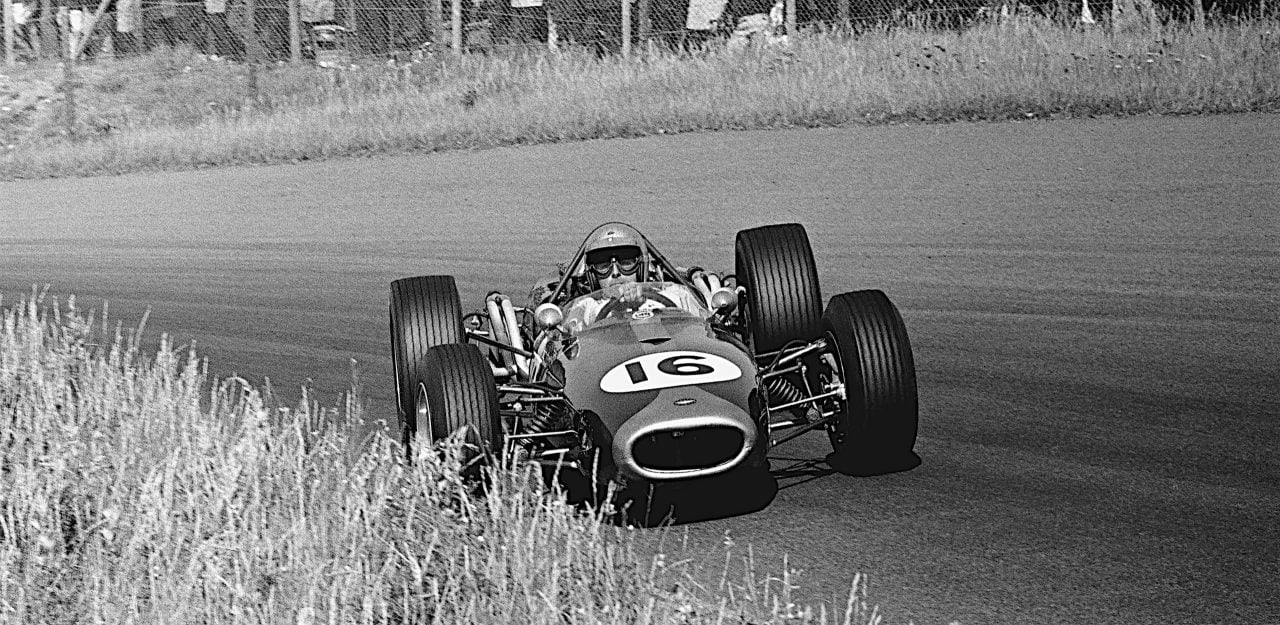
Arguably, Brabham and his iconic moments had more of an influence on Formula One than any other person; driver or constructor. It was he that, after packing up his life to go and work for Cooper in the mid fifties, pushed for and engineered the concept of a mid-engined F1 car. The idea wasn’t exactly new, of course, with machines like the infamous Auto Union Type Cs of the thirties running a midship configuration. A dangerous mix of big horsepower, a rudimentary understanding of weight balance, and skinny tyres had hamstrung the brutal Type Cs, and they were famously difficult to drive as a result. The problems could have been ironed out eventually, but all-out global war tends to put a damper on race car development, and the idea was all but abandoned, tossed into the “tried it, didn’t work” basket.
A dangerous mix of big horsepower, a rudimentary understanding of weight balance, and skinny tyres had hamstrung the brutal Type Cs, and they were famously difficult to drive as a result.
Brabham was an exceptional engineer however, and understood that overcoming the problems faced by the pre-war German teams would provide a slew of advantages to running the engine behind the cockpit. The lack of driveshaft allowed the driver to sit lower into the car, the neutral weight balance provided far better cornering speed and a simplified design meant lower weight and greater reliability. 1955 saw the debut of Brabham’s first Cooper mid-ship race car with Jack himself behind the wheel, but it wasn’t until the 1959 season that the bugs had all been ironed out, with the Cooper drivers dominating the season in their T51s. Since that number 8 green-and-white Cooper with its 2.5-litre Coventry Climax V8 sitting behind the cockpit was pushed over the finish line by an exhausted Australian in Florida, no front-engined car has ever won another world championship.
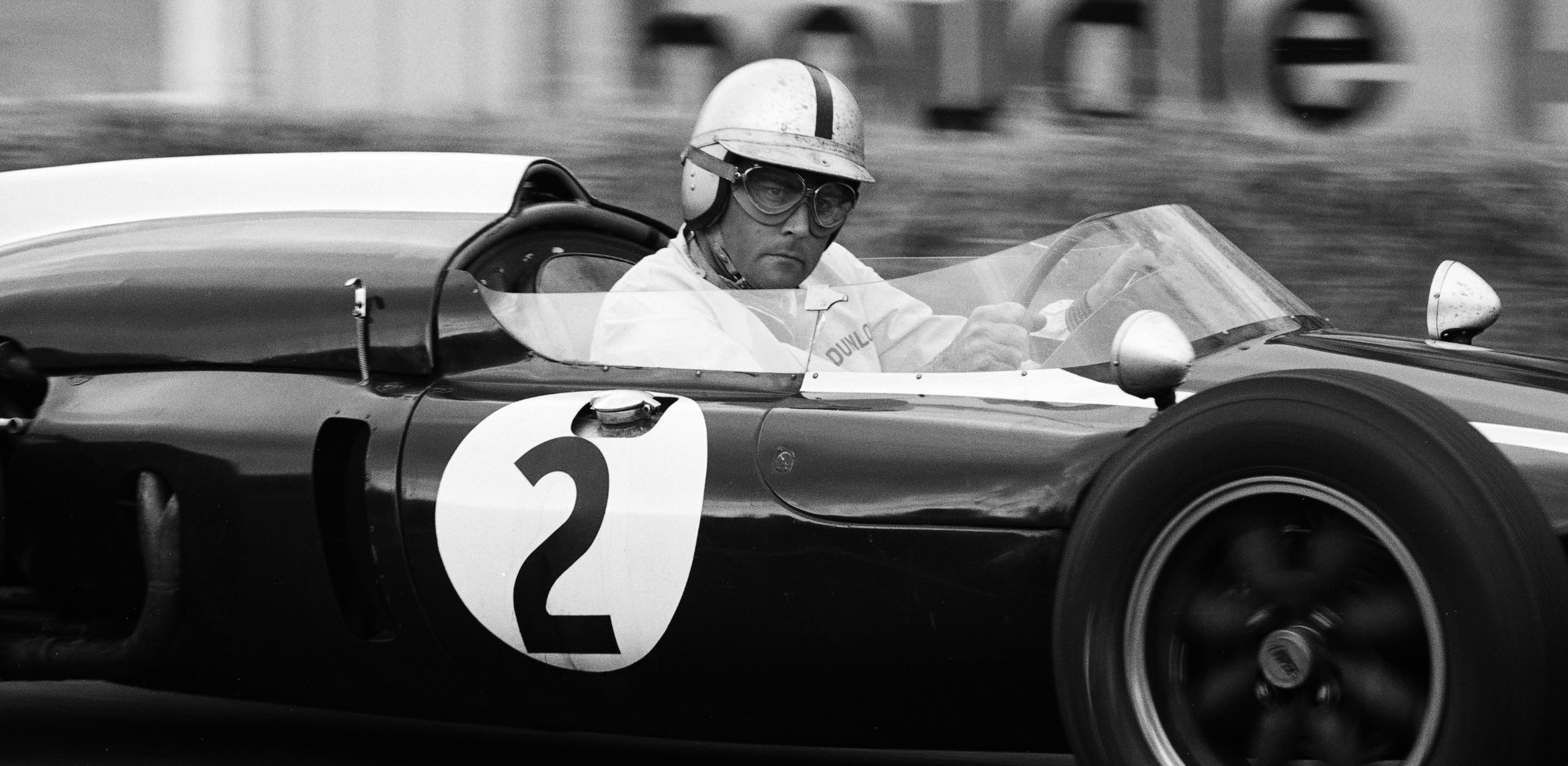
While the Brabham name is certainly one of the most recognisable in the motor racing world – thanks in part to Jack’s exit from Cooper in 1963 to start an incredibly successful and long-lasting race car manufacturing company under his own name with friend and fellow Australian Ron Tauranac – had it not been for him, the world would quite possibly have never known the name ‘McLaren’.
There’s no doubt that Jack Brabham was both a brilliant engineer and a deft hand behind the wheel; it was a rare combination that often proved unbeatable.
It was Jack that helped introduce Bruce to the world back in 1955 after meeting the young teenager during his first visit to New Zealand. The McLarens had allowed Brabham to use their workshop to prepare his car for a race in Auckland, and Jack had grown very fond of the family, eventually giving Bruce a position and drive at Cooper, and helping him make the move to Europe to pursue a career in racing and the eventual legendary status that would bring. The Brabham-McLaren connection is twofold, as it was also Jack who gave eventual head of McLaren Ron Dennis his first job as a mechanic back in the Cooper days. Dennis would follow his mentor on to Brabham, before eventually leaving to start his first race team, kicking off a chain of events that would result in his purchasing and perhaps saving of McLaren in 1981, and its subsequent evolution into the international powerhouse it is today. About the experience, Dennis has said, “Even as a callow youth, I could recognise greatness when I saw it, and I’ll always regard it as an honour and a privilege to have worked for Sir Jack.”
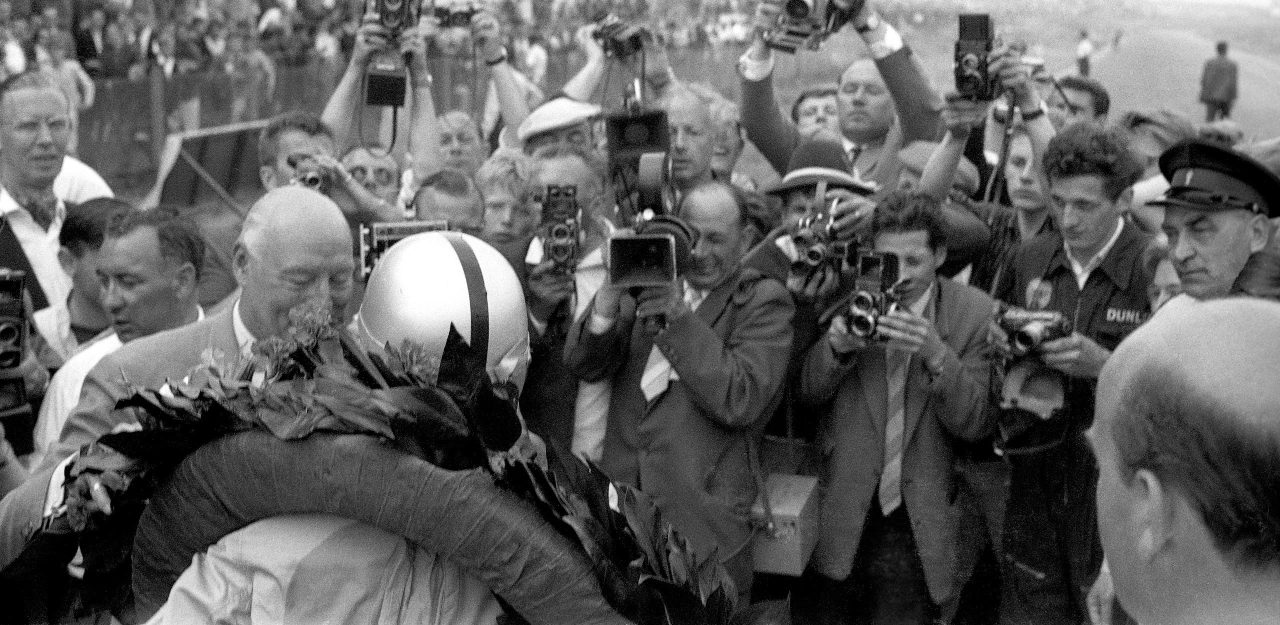
There’s no doubt that Jack Brabham was both a brilliant engineer and a deft hand behind the wheel; it was a rare combination that often proved unbeatable. Much has also been written of the Australian’s stoic, determined nature, but Brabham possessed a softer side too, and seemed to have a good sense of when not to take himself too seriously. This was most famously seen at 1966’s Dutch GP, when Brabham hobbled onto Zandvoort’s grid sporting a huge fake beard, relying heavily on a cane like some kind of proto-Willy Wonka, all in response to the motoring press’s loudly voiced doubts about his competitiveness due to his relatively old age. A Dutch journalist had asked him earlier that day, “Don’t you think it is extraordinary and astonishing that you are leading in this world championship at your age?” to which Jack, in the most typical ‘Black Jack’ response imaginable, simply replied, “Why?”.
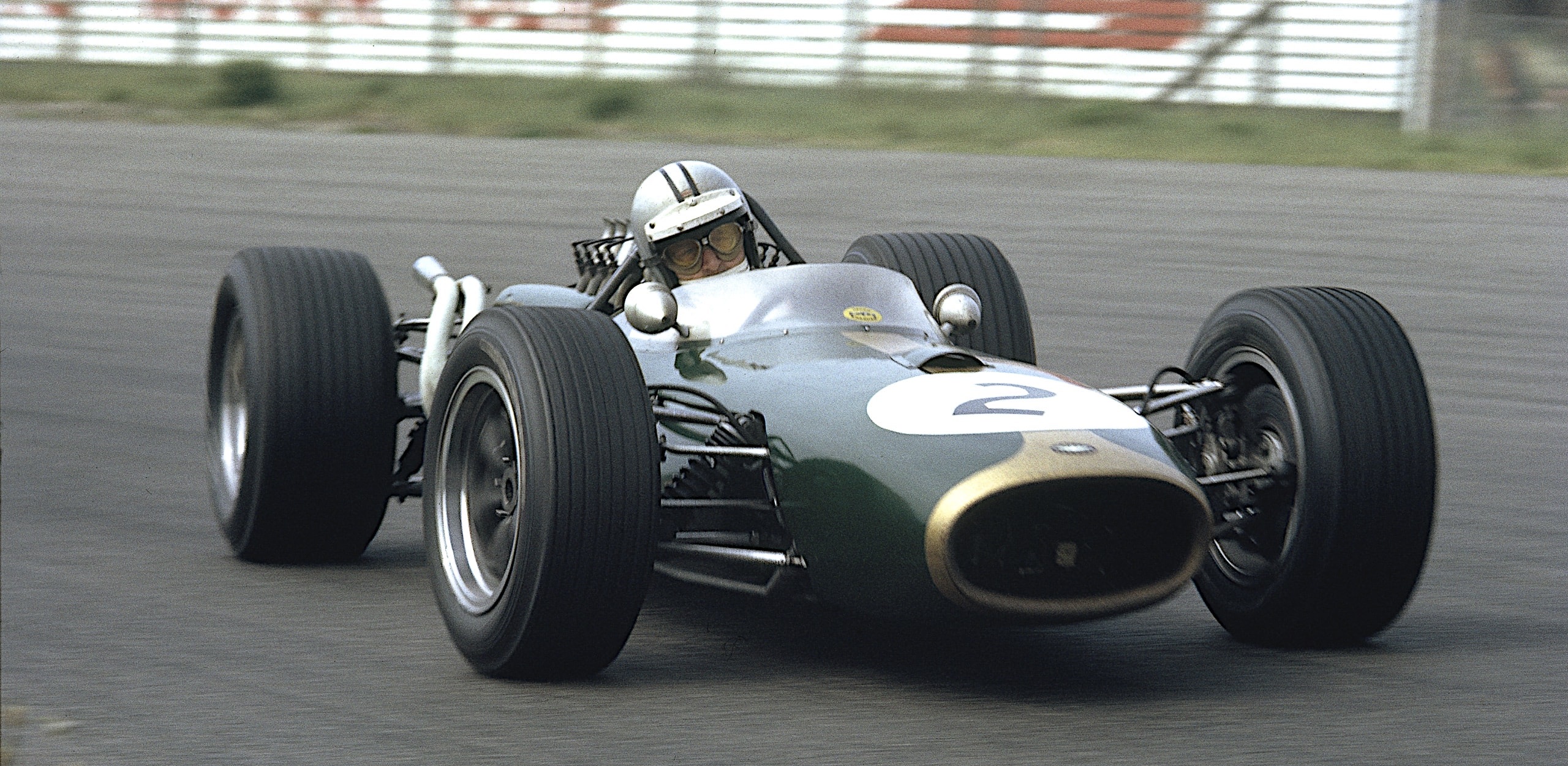
Where the Gene Wilder-esque entrance was a light-hearted jab at the journalists that had written him off at forty years of age, the convincing championship win that year in his own Brabham car – the BT19 – running an Australian-made Repco V8, goes down as just about the biggest middle finger ever pulled in motorsport. The brilliant 1966 season would mark Brabham’s last drivers’ championship title, though his team would again win the constructors’ championship the very next year with fellow Anzac Denny Hulme at the wheel, and he continued to get behind the controls of an F1 car right through until 1970 at the grand old age of 44.
Plenty of business interests kept Brabham involved and influential over the intervening years, including the founding of Engine Developments with John Judd, a company that has been supplying engines to the world’s greatest race cars since the seventies.
The fact that this very middle-aged man was still taking round wins during this last season and ended up tied with Jackie Stewart for fifth is a testament to just how good Brabham was when put behind the wheel. Even the best can only race for so long though, and Brabham graciously walked into retirement as one of the lucky few of his era to make it into old age in one piece, having never suffered a major life-threatening accident on track. Plenty of business interests kept Brabham involved and influential over the intervening years, including the founding of Engine Developments with John Judd, a company that has been supplying engines to the world’s greatest race cars since the seventies. Even though the Brabham team was on-sold in 1971, its success in the eighties turbo era under Bernie Ecclestone continued to shape the sport through the Brabham name.
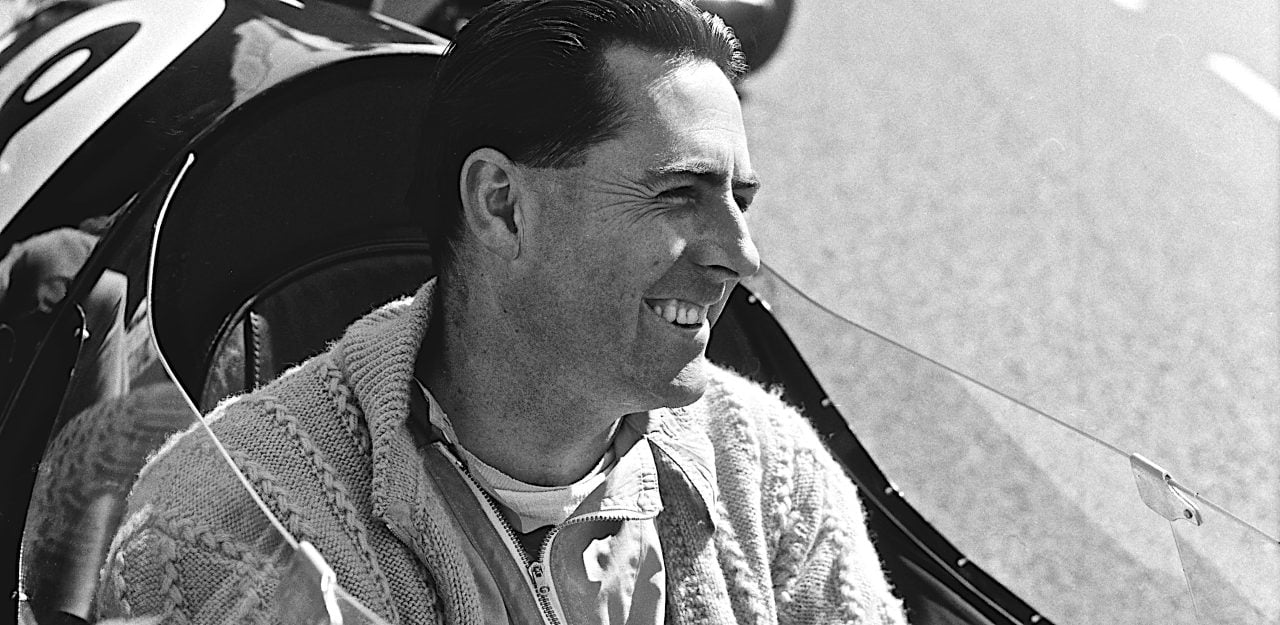
Fifty years on from Jack’s dual Formula One championship feat, the 2016 Goodwood Revival honoured the achievement, gathering significant Brabham-related vehicles from across the globe – over thirty all told – and sending them out onto the circuit in a beautiful, snarling, flame-blowing tribute to a man that has done more for motorsport than most will ever realise. If seeing all these historically important cars piling into Madgewick Corner wasn’t enough to allow those in attendance to grasp what was lost on the 19th of May 2014, the double take required when seeing Jack’s eldest son, the uncannily familiar David, with his furrowed brow, line-etched face and ever-so-slightly crooked smile, sitting in his father’s growling 1968 Brabham-Repco BT24 on Goodwood’s startline, certainly helped to put it in perspective.
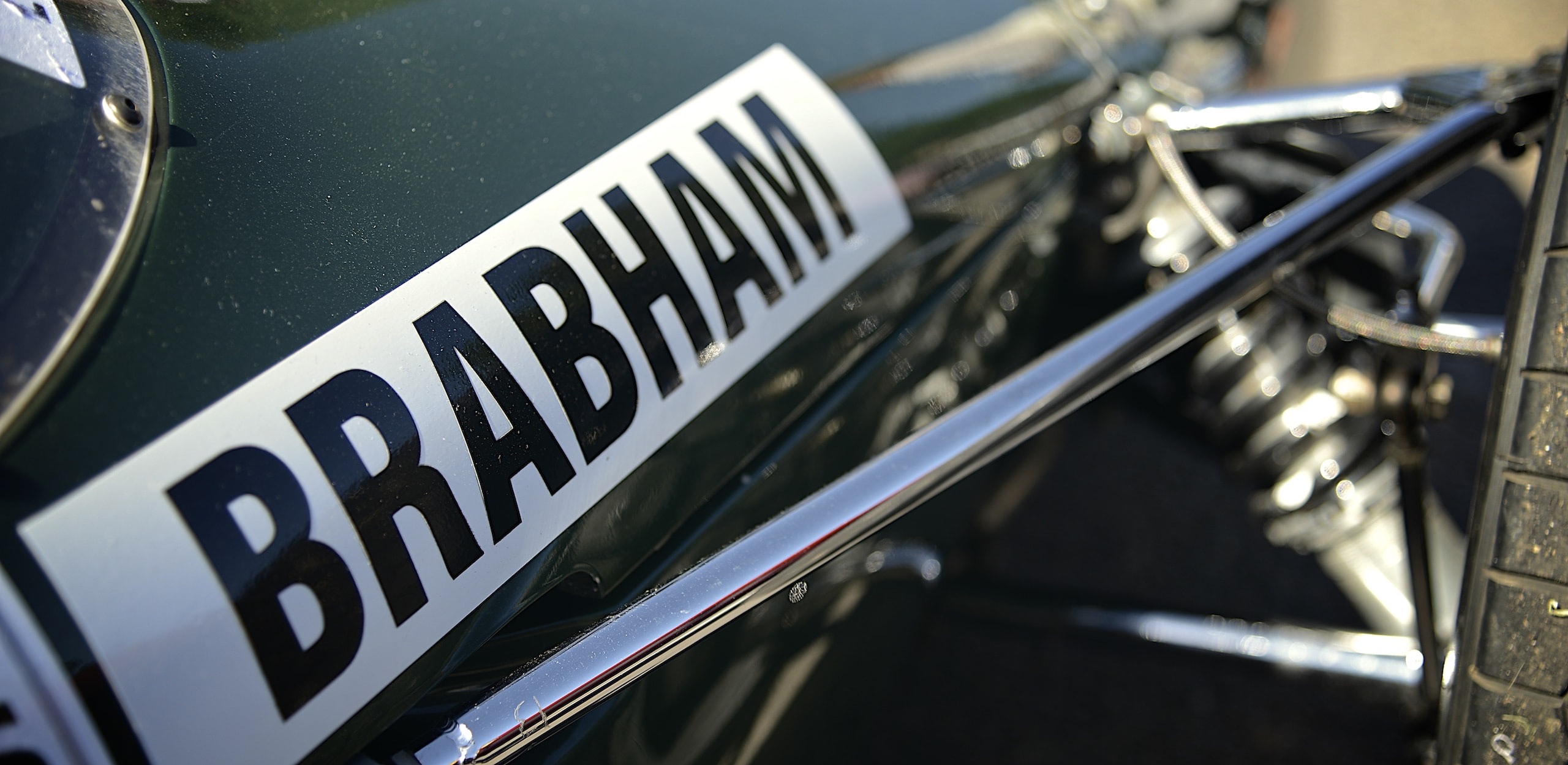
Brabham’s famously no-nonsense, shoulder-shrugging demeanor was quintessentially Australian, and his pioneering attitude, self reliance and unrelenting drive to get the job done all contributed to the man’s influential legacy. It may have kept Brabham under the radar of those looking for a flashy frontman to follow, but to everyone else, it all showed that you didn’t have to be a smiling, beloved superstar like Fangio or Moss to not only do well on the world stage, but to dominate. You could be anyone providing you had the talent and the determination; even an aging bloke with a wife and three kids from a backwater colony previously only known for kangaroos and convicts.
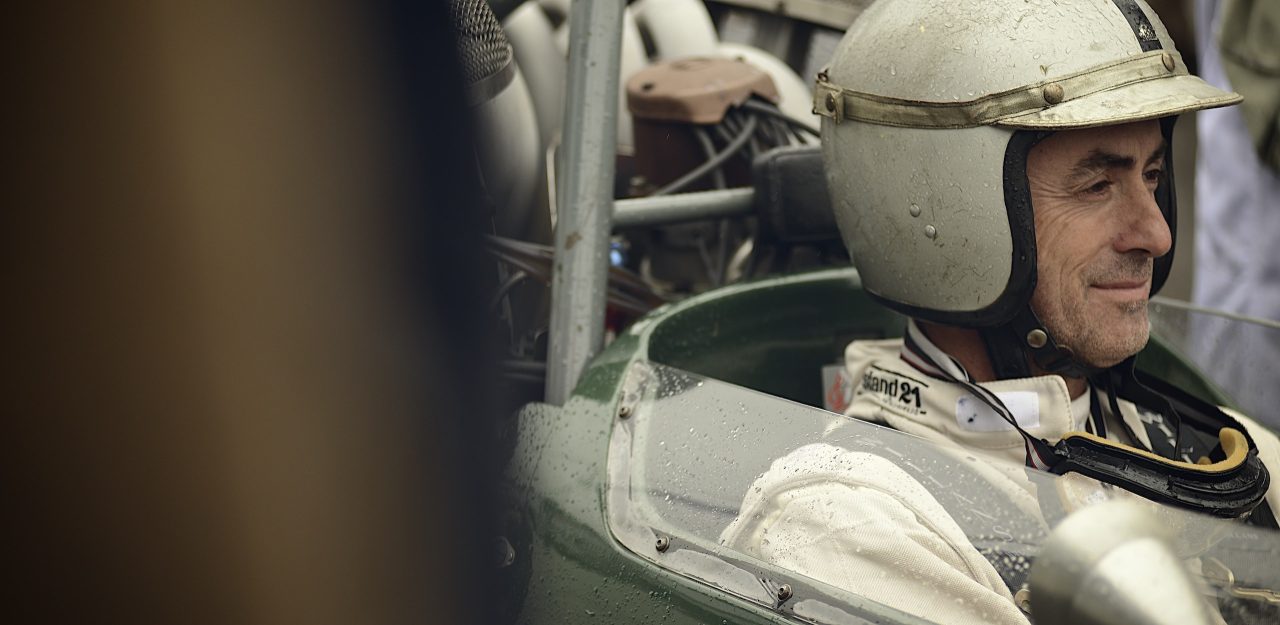
Watching interview footage from the golden years of his life, one can sometimes forget just how important Sir Jack Brabham not just was, but still is, and how big of an impact he had on the racing world. It’s true that had you not grown up in the era of Coventry Climaxes, regular fiery deaths on track and legendary motor racing innovation, you might see Sir Jack Brabham as he is portrayed through more recent interviews closer to his passing in 2014, thinking of him as the quintessential Australian grandfather. A mildly cantankerous, straight-talking ‘old bugger’ with a few good yarns; the classic Aussie bloke who commanded the room and yet seemed to revel in swatting down praise or adoration with an impossibly Aussie twang and a waggling pair of eyebrows that appeared to possess their own individual sentience.
But from swinging spanners in the Australian Air Force at eighteen, to dirt track racing with friends, to three world championships and the reverence of anyone and everyone who understands his significance, Jack Brabham has influenced our world more than most will ever realise. While there’s no suggestion that motor racing and Formula One would not still be the juggernaut it is today had Sir Jack Brabham never decided to take that deep breath and buy himself a ticket to Europe back in 1955, there’s no denying things would look very different.